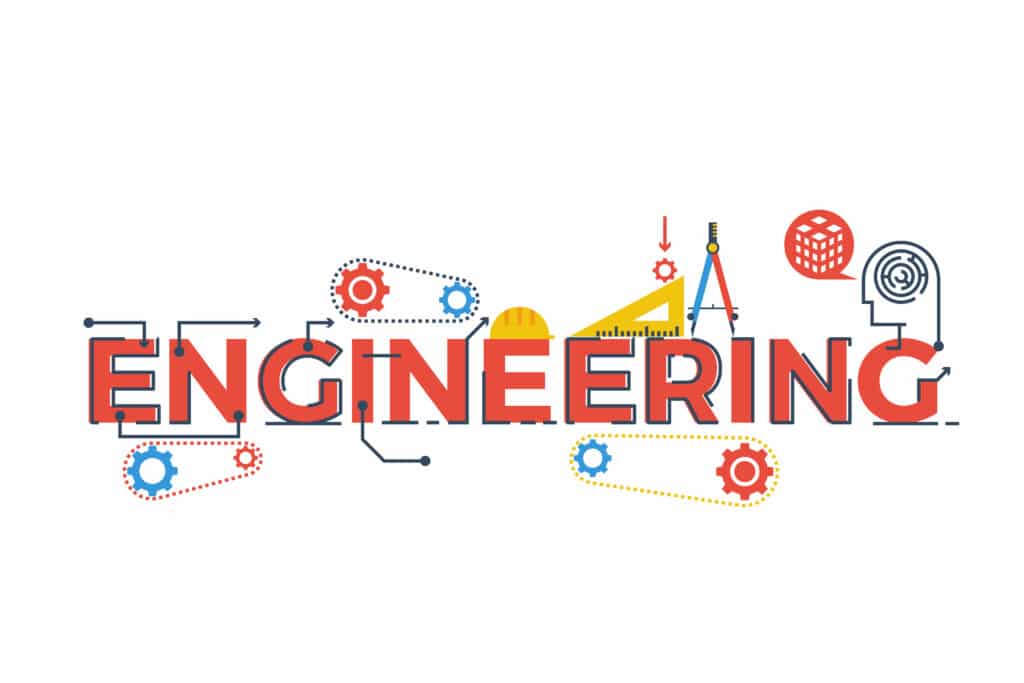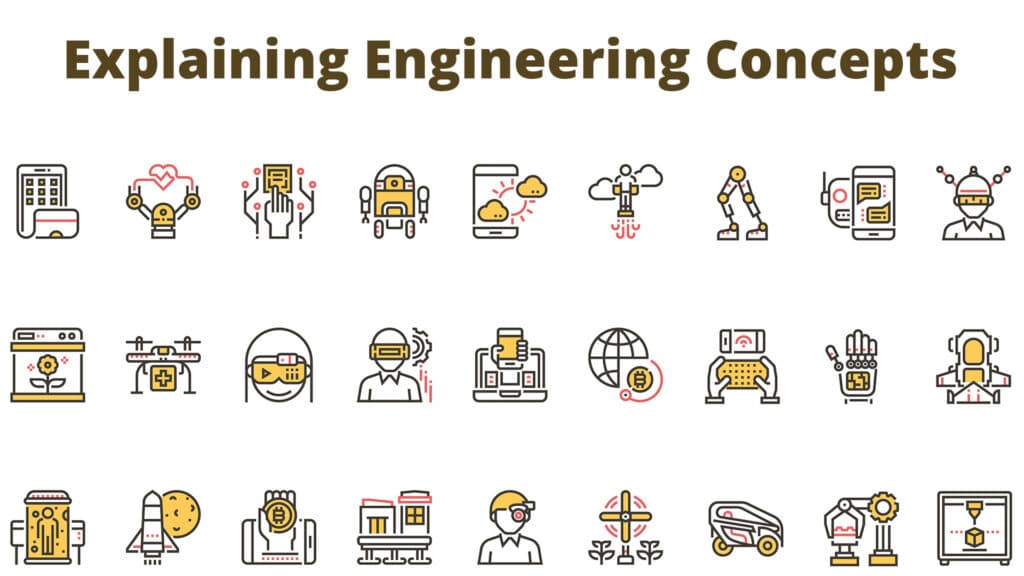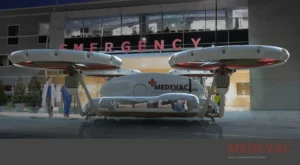Benefits of Video in Explaining Engineering Concepts
Engineering is a tough field. Even experts struggle to understand it. And for engineering project managers, clear communication of complex ideas to clients, stakeholders, and team members is vital for project success. That’s where video comes in. Video simplifies complicated concepts, captivates viewers, and ultimately improves understanding.
Enhanced Clarity and Understanding
Videos can break down complex ideas into simple, understandable components, making it easier for audiences to grasp the subject matter. This is particularly important for engineering project managers, who need to communicate intricate concepts to clients, stakeholders, and team members with diverse backgrounds[.
Improved Engagement
Visual content, such as videos, is more engaging than text-based explanations, and it can hold the attention of the audience for longer periods. This increased engagement can lead to better retention of information and improved understanding of engineering concepts.
Accessibility and Flexibility
Videos can be easily shared and accessed across various platforms and devices, making them a flexible option for communication. They can also be tailored to meet different learning styles, ensuring that all audience members can benefit from the content.

A long list of applications of video in explaining engineering concepts.
Animated Explanations
Animated videos can provide a clear and concise explanation of complex engineering concepts, using visual aids to simplify and convey information. They can be particularly useful for explaining abstract ideas or processes that might be difficult to visualize through text or static images alone.
Virtual Tours and Site Visits
For engineering project managers, videos can be used to showcase project sites and facilities to clients and stakeholders who may not be able to visit in person. Virtual tours can provide an immersive experience, allowing viewers to better understand the project’s context, scope, and progress.
Video Tutorials and Demonstrations
Video tutorials and demonstrations can be an effective way to teach and explain specific engineering techniques, procedures, or software. These videos can serve as a valuable resource for both team members and clients, providing step-by-step guidance and support.
Case Studies and Project Overviews
Engineering project managers can use videos to present case studies and project overviews, demonstrating their expertise and the success of their previous projects. These videos can serve as a powerful marketing tool, as well as a means of building trust with clients and stakeholders.
Safety Training
Safety is a top priority in the engineering field, and effective safety training is critical to prevent accidents and ensure compliance with regulations. Video can be a powerful tool for providing safety training, allowing team members to see and understand the proper procedures and equipment use in action.
Design Reviews
Design reviews are a critical component of the engineering process, allowing teams to assess the feasibility, effectiveness, and potential challenges of proposed designs. Video can be used to record and share design reviews, allowing team members to review and discuss the design at their own pace.
Collaborative Meetings
Video conferencing technology has become increasingly prevalent in recent years, allowing team members to collaborate remotely and reduce travel costs. For engineering project managers, video conferencing can be used to facilitate meetings and discussions, enabling teams to work together seamlessly despite physical distance.
Marketing and Outreach
Videos can be a valuable tool for marketing engineering services and reaching out to potential clients and stakeholders. By showcasing past projects, highlighting expertise, and presenting the benefits of engineering services, videos can attract new clients and build trust with existing ones.
Exploring Emerging Technologies
The field of engineering is constantly evolving, with new technologies and techniques emerging all the time. Video can be used to explore and explain emerging technologies, helping team members and clients stay up-to-date on the latest developments and applications.
Live Demonstrations
Live demonstrations can be recorded and shared as videos, providing a visual aid for team members or clients who may not be present during the demonstration. These videos can also serve as a reference for future use or training purposes.
Maintenance and Repair Guides
Engineering project managers can create videos to provide maintenance and repair guides for equipment and machinery used in their projects. These videos can help team members and clients troubleshoot issues and perform routine maintenance, ultimately reducing downtime and costs.
Project Updates
Videos can be used to provide project updates, sharing progress, milestones, and challenges. This can help keep team members, clients, and stakeholders informed and engaged in the project’s development.
Equipment and Process Demonstrations
Videos can be used to demonstrate how equipment or processes work, giving team members and clients a better understanding of how things function. This can be particularly useful for specialized equipment or processes that may not be easily understood through text or static images.
Technical Reports
Videos can be used to supplement technical reports, providing visual aids to support the information presented in the report. This can help improve comprehension and retention of the material for team members and clients.
Training and Development
Videos can be used for training and development, providing educational materials for team members to improve their skills and knowledge. This can include software tutorials, safety training, or project management best practices.
Product Demonstrations
Videos can be used to demonstrate the features and capabilities of products created by engineering teams. These videos can be used for marketing and sales purposes, helping to showcase the benefits of the product to potential customers.
Time-Lapse Videos
Time-lapse videos can be used to showcase the progress of a project over time. These videos can be particularly effective for large-scale projects, providing a visual representation of the work completed and the timeline of the project’s development.
Site Inspection and Evaluation
Videos can be used to conduct site inspections and evaluations, allowing team members and clients to review and assess the progress and quality of the work completed. These videos can be used as a reference for future work and can help ensure that projects are completed to the required standards.
Expert Interviews
Videos can be used to conduct interviews with engineering experts, sharing their insights and experiences with team members and clients. These videos can be used for training purposes or to provide additional context and understanding for complex projects.
Conference and Event Presentations
Videos can be used to record and share conference and event presentations, providing access to the information presented to team members who may not have been able to attend in person.
Project Documentaries
Project documentaries can be created to showcase the process and development of a specific project. These videos can be used for marketing and outreach purposes, providing a behind-the-scenes look at the work completed and the challenges faced during the project’s development.
Feedback and Reviews
Videos can be used to gather feedback and reviews from clients and stakeholders. These videos can be used to improve the quality of work completed and can help identify areas for improvement.
Explainer Videos for Proposals
Videos can be used to create explainer videos for proposals. These videos can help to clarify the proposed work and can be used to showcase the expertise and experience of the engineering team.
Recruitment and Training Videos
Videos can be used for recruitment and training purposes, providing an overview of the company culture, the benefits of working for the organization, and the training and development opportunities available.
Interactive and Gamified Videos
Interactive and gamified videos can be used to create engaging and interactive learning experiences for team members and clients. These videos can be used for training and development purposes or to provide additional context and understanding for complex projects.
Social Media and Digital Marketing
Videos can be used for social media and digital marketing purposes, providing engaging and shareable content for potential clients and stakeholders. These videos can be used to showcase the organization’s expertise and experience in the engineering field and can help to attract new clients.

Best Practices for Creating Effective Engineering Videos
In engineering, effective communication of complex concepts is key to success. Video simplifies information, increases engagement, and enhances accessibility. To achieve project goals, engineering project managers must devise a video strategy, enlist experts, keep the audience in mind, and monitor metrics. By following these steps, they can create top-notch videos that resonate with viewers, improve project outcomes, and elevate the organization’s standing.
Keep It Simple and Focused
When creating a video to explain engineering concepts, it is essential to keep the content focused and straightforward. Avoid using overly technical language, and strive to break down complex ideas into digestible pieces.
Use Clear and Engaging Visuals
Visual aids are a crucial component of effective videos, helping to illustrate and clarify complex concepts. Utilize high-quality graphics, animations, and footage to keep the audience engaged and to support the overall message.
Prioritize Accessibility
Ensure that your videos are accessible to a wide range of audiences by providing captions, transcripts, and other accessibility features. This not only helps individuals with disabilities but also improves the overall user experience.
Monitor and Respond to Feedback
Regularly assess the effectiveness of your videos by monitoring audience engagement and feedback. Use this information to make improvements and adjustments, ensuring that your content remains relevant and valuable.
Develop a Video Strategy
Before creating any videos, engineering project managers should develop a clear video strategy that outlines the purpose, audience, messaging, and distribution of the videos. This strategy should align with project goals and be flexible enough to adapt to changing needs[6].
Work with Experienced Professionals
While it may be tempting to create videos in-house to save costs, working with experienced video professionals can ensure that videos are high-quality, effective, and aligned with project goals. These professionals can bring expertise in videography, animation, scriptwriting, and editing to create compelling and engaging videos.
Keep the Audience in Mind
When creating videos, engineering project managers should keep the audience in mind and tailor the content to their needs and preferences. This may include using simple language, clear visuals, and accessibility features to ensure that all viewers can benefit from the content.
Use Metrics to Assess Effectiveness
To ensure that videos are effective and contributing to project goals, engineering project managers should use metrics such as views, engagement, and feedback to assess their effectiveness regularly. This data can be used to make improvements and adjust the video strategy as needed.
Future Trends in Engineering Videos
Video in engineering will become even more important as technology advances. Staying current with trends, tools, and best practices will help project managers communicate complex ideas, engage viewers, and succeed in their projects.
Virtual and Augmented Reality
Virtual and augmented reality technology can provide immersive experiences that allow users to interact with 3D models and simulations. In the engineering field, this technology can be used for training, design reviews, and site inspections.
Interactive Videos
Interactive videos allow users to engage with the content actively, providing an opportunity for personalized learning experiences. In the engineering field, interactive videos can be used to teach specific techniques, procedures, or software, providing a more engaging and effective learning experience.
Live Streaming
Live streaming technology allows real-time communication and collaboration among team members, clients, and stakeholders, regardless of location. In the engineering field, this technology can be used for virtual meetings, design reviews, and project updates.
Artificial Intelligence
Artificial intelligence can be used to automate video production processes, such as editing, transcription, and translation. This technology can help engineering project managers save time and resources while improving the quality and accessibility of their videos.






